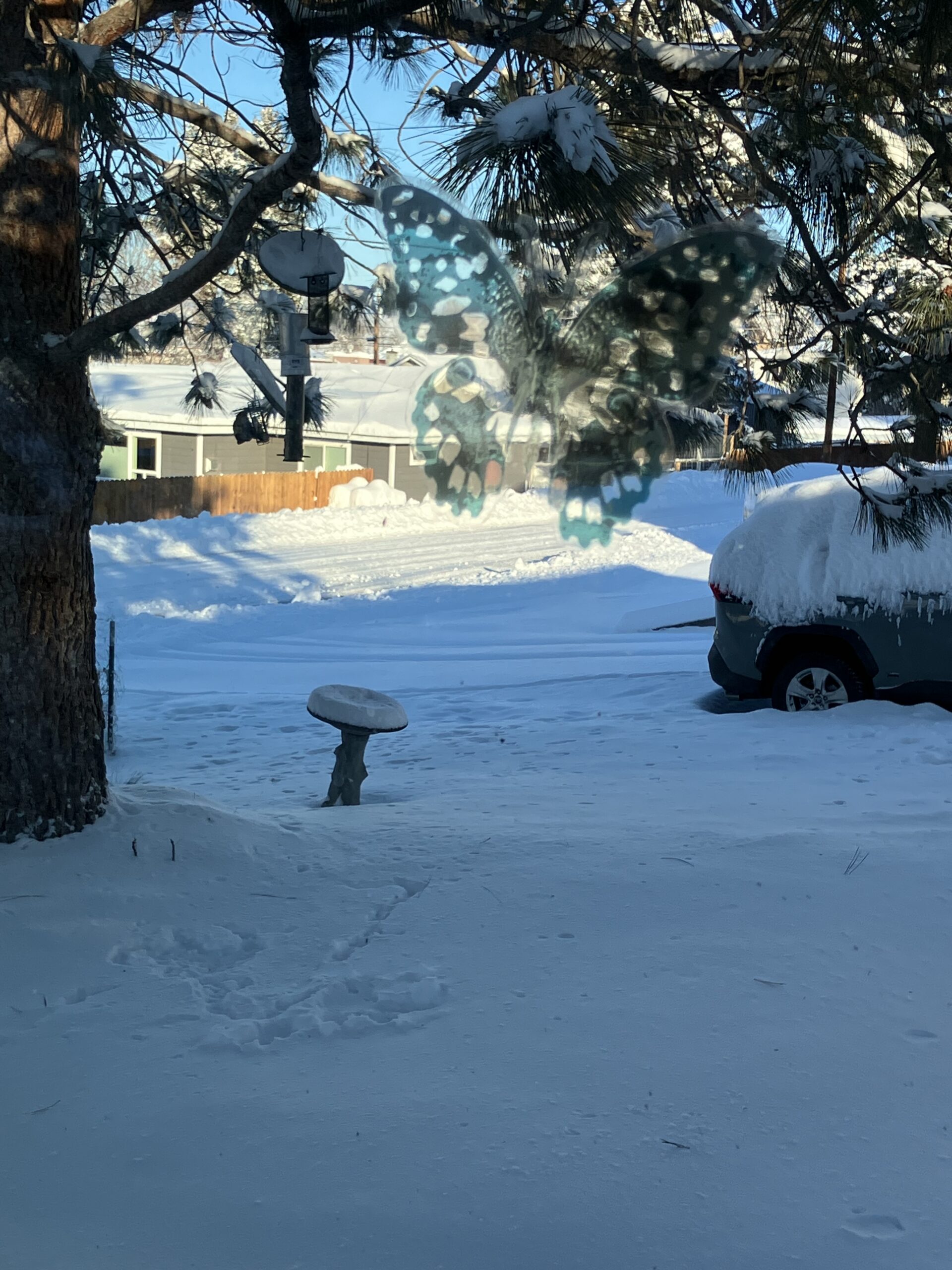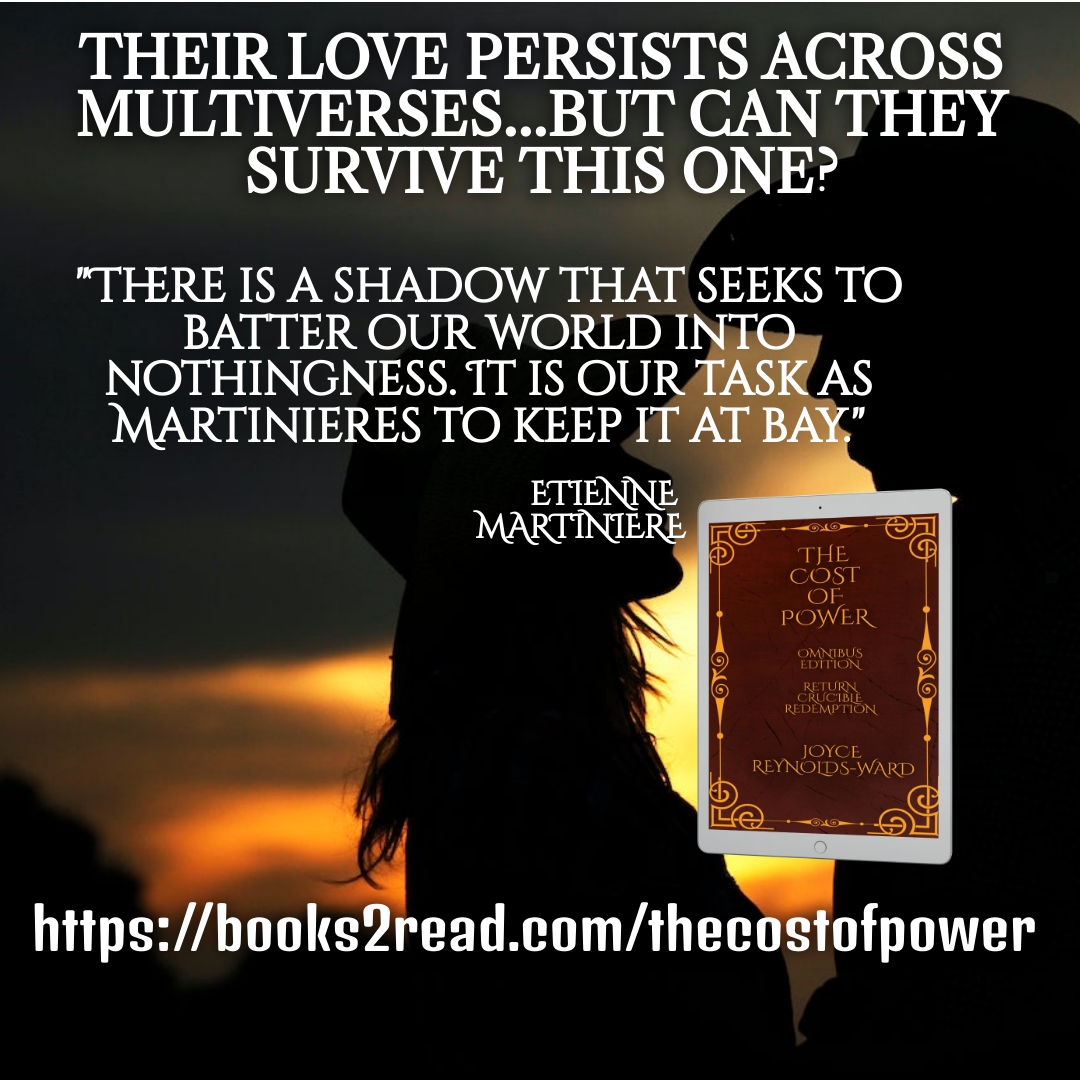
Welcome! This year I’m creating a set of posts/blogs/whatever you want to call them about the “story-behind-the story” for my backlist. This month, Bearing Witness, a neoWestern multiverse novella, is one of my featured backlist books.
Stories start in weird ways, and Bearing Witness happens to be one of those. We were driving through the Willamette Valley near Eugene when I got the image of several Native people striding into a field to confront a settler using a sickle bar mower that was, somehow, forbidden technology. When the settler refused, they turned into wooden statues.
I spent a lot of time thinking about how this story could work. It’s one of those settings I wrestle with, because much as I would like to combine historical Pacific Northwest events and settings with science fiction and fantasy, there are a lot of pitfalls. A LOT.
Some of this wrestling comes from my own background. I come from early Pacific Northwest settlers on my mother’s side. They came to Oregon in 1846, and let me tell you, trying to find out more about them is a real challenge. I’ve joked before that my ancestors specialized in obscurity because the most prominent stories I can find about them is one being a founding member of a Presbyterian splinter church in Ashland, and another dying due to being crushed in a barn collapse after a heavy snowfall. Other than that, despite family members marrying into the prominent Applegate family?
Not much. Granted, my ancestors didn’t go into politics. They farmed, and lost farms. I don’t think any land remained in the hands of the next generation for very long, if at all. Basically, poor dirt farmers, until my mother’s generation.
The other piece is that there’s the entire mythos around Oregon and Pacific Northwest white settlement. I was an adult when the Oregon Trail game came out (although I vaguely remember my son playing it), but I grew up on kid books about early white settlement (including the Little House books but, oh dear God, NOT the TV series. I ended up really disliking that TV series).
Actually, I grew up when the vibes started to shift from unquestioned support of Manifest Destiny to “you know, there were problems and Native peoples weren’t treated fairly.”
I really can’t glorify the settlement process, even though I descend from it.
So, the image simmered in my thoughts while I considered how to approach it. I came up with several different versions but nothing really came together until I thought of Adam Thornton. Then I thought about universes where magic could happen…and the idea of these events happening in a refuge within multiple universes started coming together.
Therefore, Kalosin. A world dominated by Native peoples on its analog of North America (and, presumably, elsewhere), except where the Russian Tsar rules. And a few other nasties.
But the biggest threat to Kalosin comes from outside. Malign entities called Soulers seek to consume every universe they encounter. Life under the Soulers is…not particularly good. Until a mysterious time traveler named Jedidiah Pruitt appears in the world that Abigail Nelson lives, in roughly 1850s Kansas, there’s no escape. Jedidiah has magical abilities, even if he can’t travel back to his original world, and is pursued by the Soulers across the multiverse. He marries Abigail and yanks her across multiverses using the Vortex. They have children and gather allies, known as Wild Colonists.
The Soulers eventually destroy Jedidiah. But his oldest son Jesse has all of the magical powers that Jedidiah possesses—and more. When Jesse guides the Wild Colonists to the world known as Kalosin, they work together with the natives of Kalosin to create a magical shield. For a time they’re safe, until dangerous technology intervenes from other worlds and leaves people vulnerable to Souler attack. Jesse works with the Kalosin to cut off all Vortex access. Presumably, that should leave Kalosin as a safe refuge.
Presumably.
Then Adam Thornton gets his hands on technology that proves to be dangerous…and that’s where the story begins.
This universe is one that I keep contemplating and poking at. I know there will be more stories involving the Vortex Worlds. I just don’t know when, where, or how just yet.
But they will happen.
Meanwhile, enjoy a visit to the Vortex Worlds. Bearing Witness is an attempt at mixing up some Western elements with fantasy. I think there’s more possibilities there, and someday I’ll tell the story of Jedidiah and Abigail.
###
Bearing Witness is available at all major ebook retailers for $2.99. Link here.
And if you just want to toss a couple of coins to your writer, here’s the link to my Ko-fi here.











